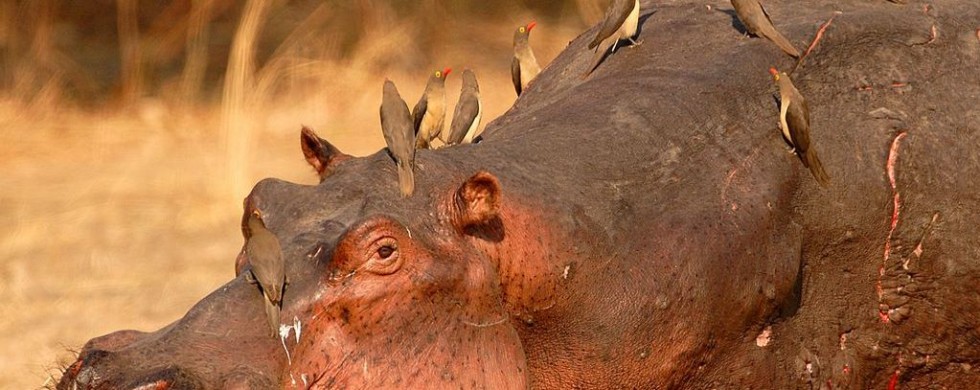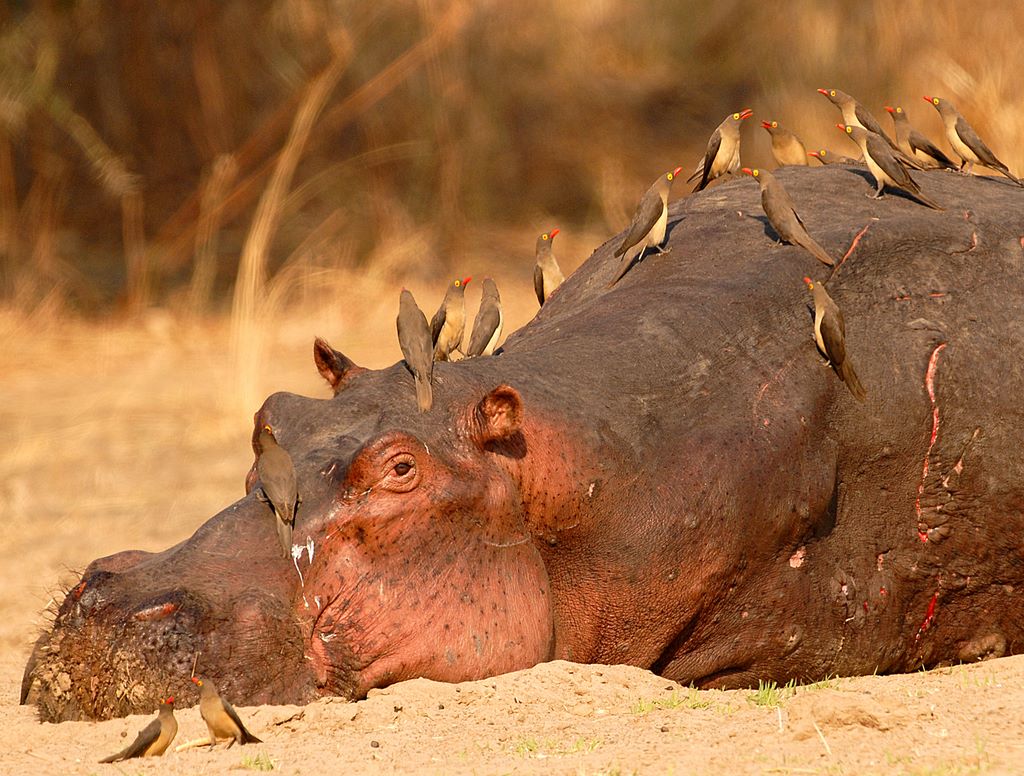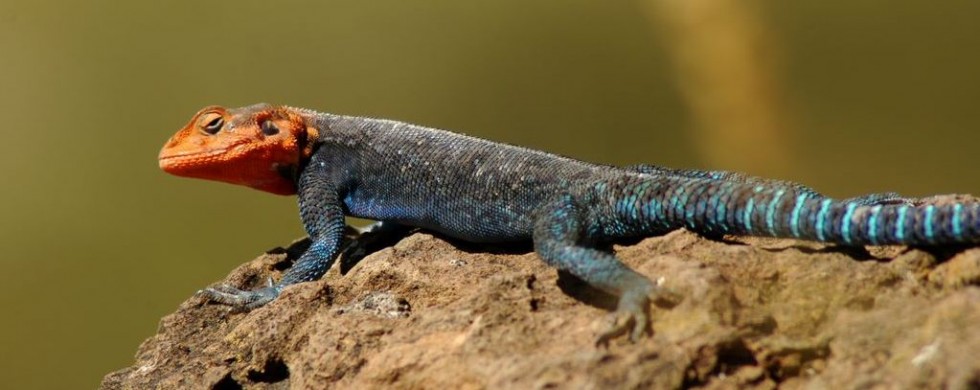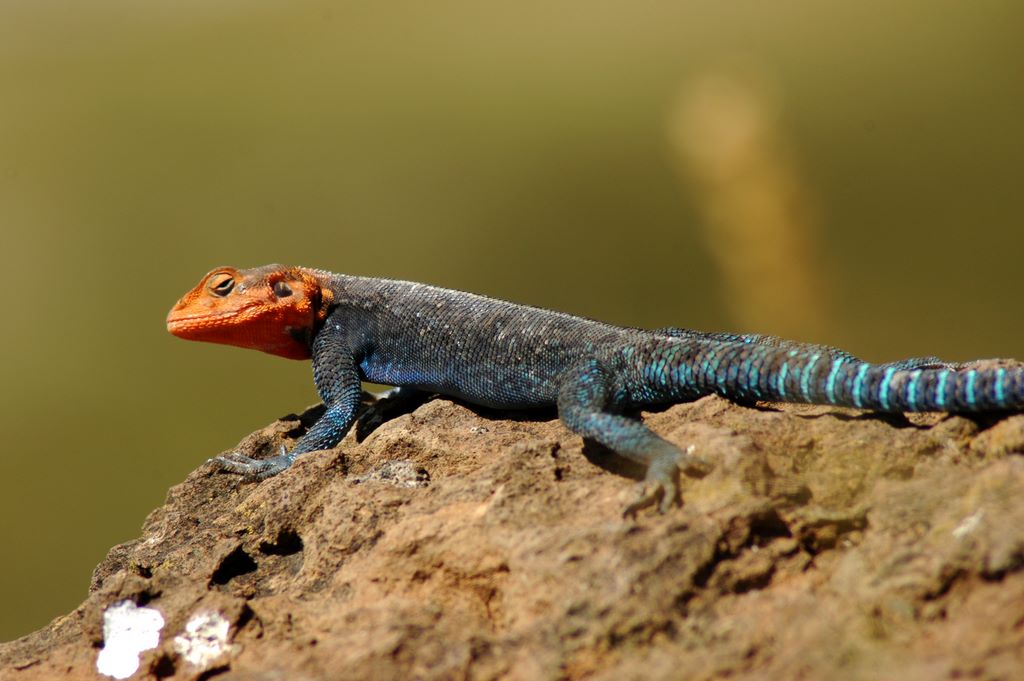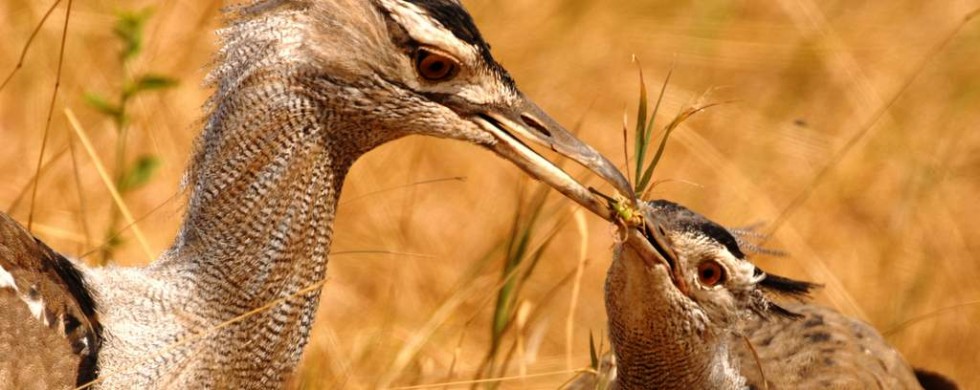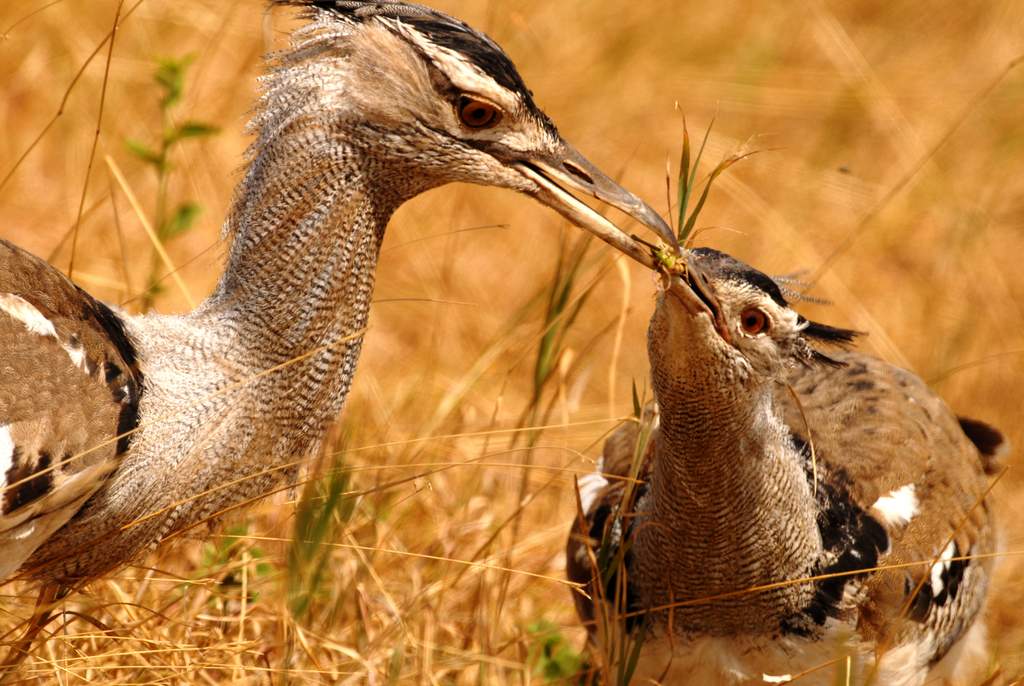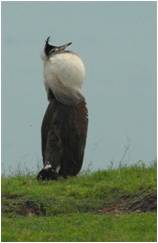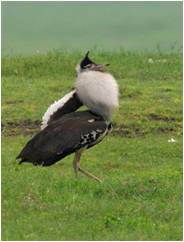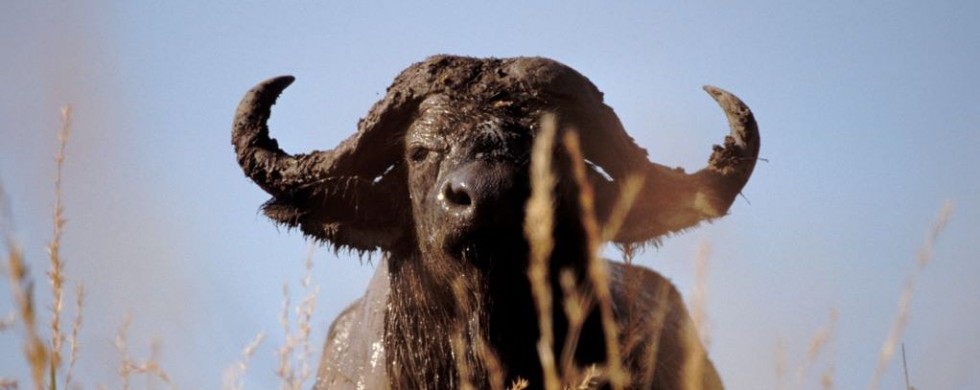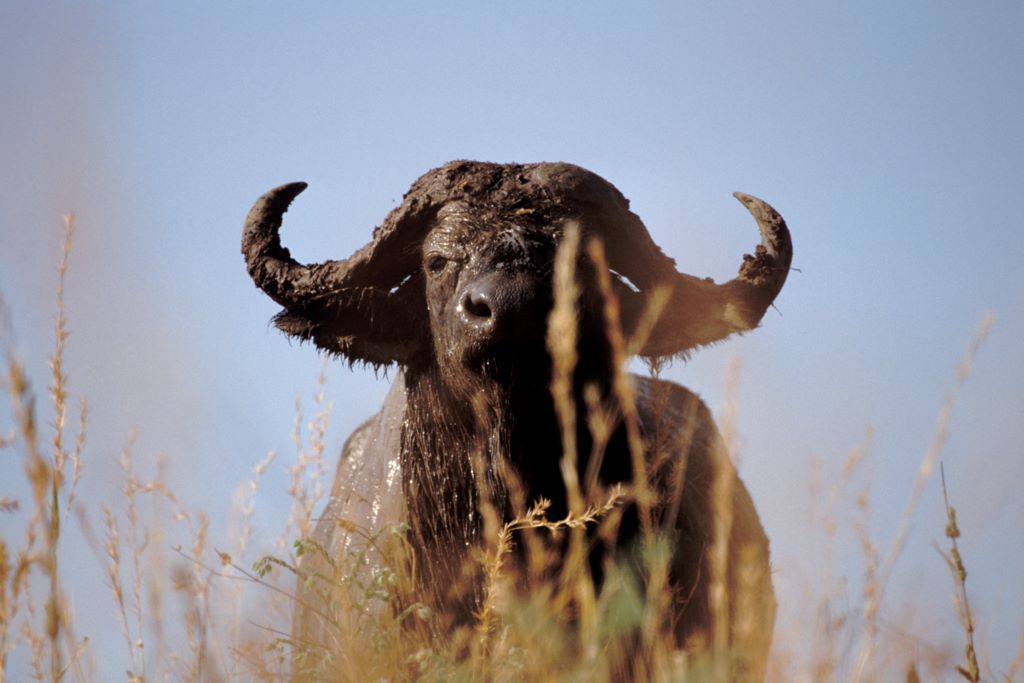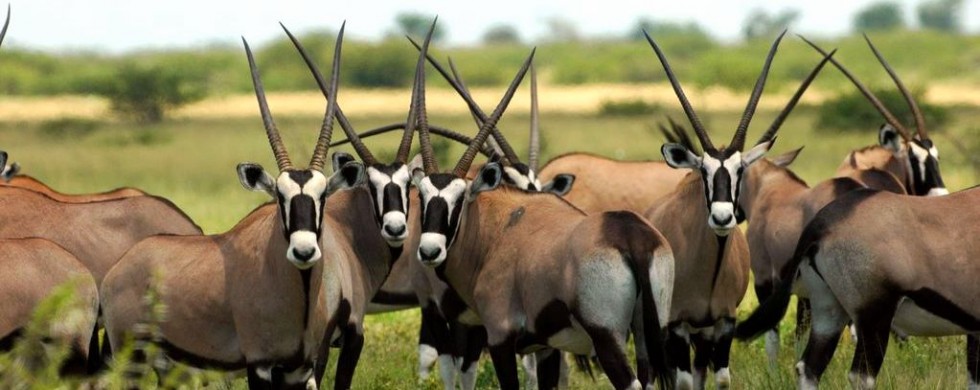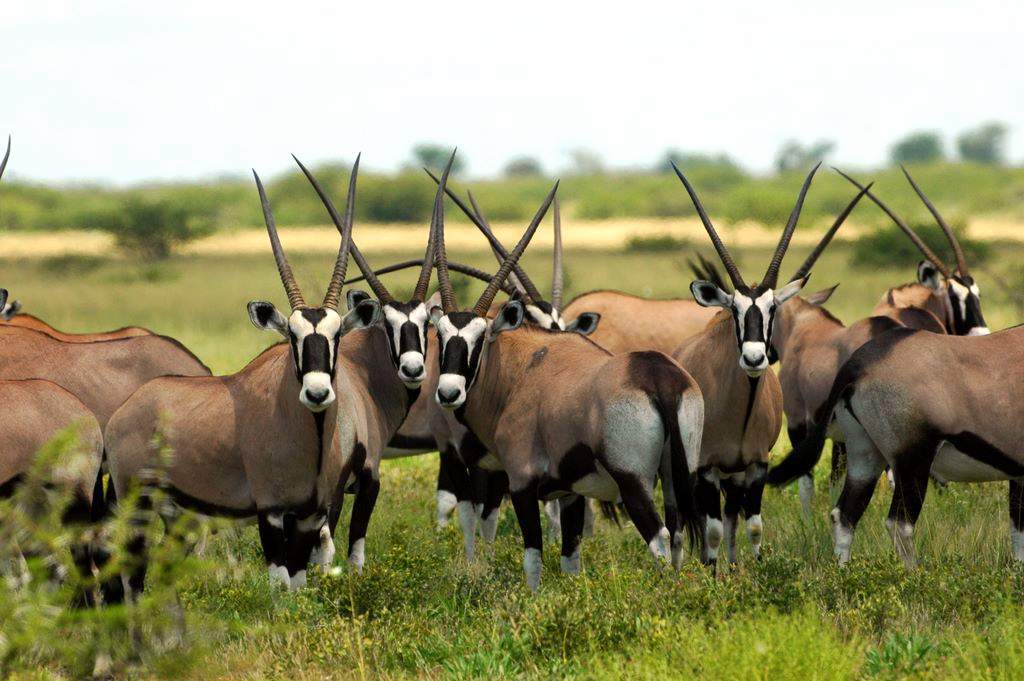15
Shot of the Month – April 2009
Ever had friends come over to the house and they just wouldn’t leave? You just wanted to go to bed but they just keep chatting away, having a grand ol’ time. The look on the hippo’s face reminds me of that exasperated feeling.
“Shhh, don’t look, but are they gone yet?”
So, what is going on here? Why is this hippo out on land? Why by himself? And why covered in, uh, birds?
I came upon this hippopotamus near the Luangwa River in South Luangwa National Park, Zambia. This gigantic male is lying on a sandy flood plain above the water surface – in the rainy season he would actually be underwater, but at this time, during the dry season, the river has descended into its deepest channel and is a good 20 feet below where he is resting.
Why is he out on land? Turns out it is not as uncommon as most postcard images would have us think. Every evening hippos emerge from the water and walk up to five miles to graze on short grass across the countryside. Hippos will also bask in the sun during the day for short periods (gotta break up all that napping somehow).
Why is he by himself? Although the classic African scene is that of a group of hippos, a “pod” for those of you keeping track, lounging along the river’s edge, it turns out that hippos are not social animals. They do not develop social bonds with the other members of the pod and scientists don’t really know why they huddle together. Perhaps, they are just following the old adage of “safety in numbers.”
And why is he covered with birds? These are Red-billed Oxpeckers. Despite the somewhat annoyed look on the hippo’s face, he actually welcomes their presence as they provide a valuable service. Oxpeckers pick off ticks and other annoying insects that can’t be reached otherwise.
But there is more to this story. Hippos are very aggressive and males often fight each other for dominance. If you look closely this huge male is covered in fresh, open wounds. My hunch is that he was in a vicious brawl the night before and didn’t fare too well. Exhausted, bloodied, and bruised he took refuge up on the raised bank of the river to rest and heal in peace. The oxpeckers, looking for a free meal, will continually check the wounds for insects and help keep them pest-free. Everybody wins, right?
Well, some scientists now believe that the oxpeckers, in fact, may also peck at the wounds to keep them open so they can drink the blood directly, thereby delaying the healing process. So, depending on the situation, the hippo-ox pecker relationship may be “symbiotic” and in other situations “parasitic.”
Or in less zoological terms, sometimes oxpeckers act like Florence Nightingales (get it?) and other times they act like feathered vampires. At this point, no one knows for sure where the truth lies.
Life is complicated……

